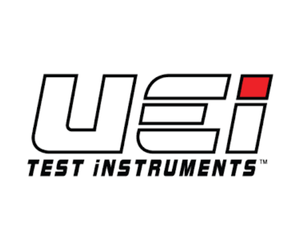Split-Phase vs. 3-Phase – Short #253

In this short podcast episode, Bryan breaks down the differences between split-phase and 3-phase power in HVAC systems. Split-phase is a form of single-phase power, and it's common in residential HVAC. Three-phase power is more common in commercial and industrial applications.
Single-phase power uses only one of the three phases of power produced by the power company. When there is a neutral and two sides of 120V power, that is split-phase power. Transformers on power poles for residential service only have one line going into them (and only one sine wave). That power gets stepped down to ~240V. Most household appliances and electronics we use are rated for 120V or 240V power.
However, we use split-phase power by tapping the center of the transformer secondary; there are two 120V halves. We can see the “differences” between split-phase and single-phase power with an oscilloscope. These halves may look like two different sine waves if we use neutral as a reference, but an oscilloscope will only show one 240V sine wave from leg to leg (without neutral). Therefore, split-phase power really is just single-phase power with a center reference point, and split-phase power doesn't matter to the HVAC unit.
We get three-phase power when all three phases of power come in from the utility, not just one. Each individual phase is 120V, and all three can make up 208V power because the phases are 120 degrees out of phase.
Have a question that you want us to answer on the podcast? Submit your questions at https://www.speakpipe.com/hvacschool.
Purchase your tickets or learn more about the 7th Annual HVACR Training Symposium at https://hvacrschool.com/symposium.
Subscribe to our podcast on your iPhone or Android.
Subscribe to our YouTube channel.
Check out our handy calculators here or on the HVAC School Mobile App for Apple and Android
Author:









Comments
To leave a comment, you need to log in.
Log In